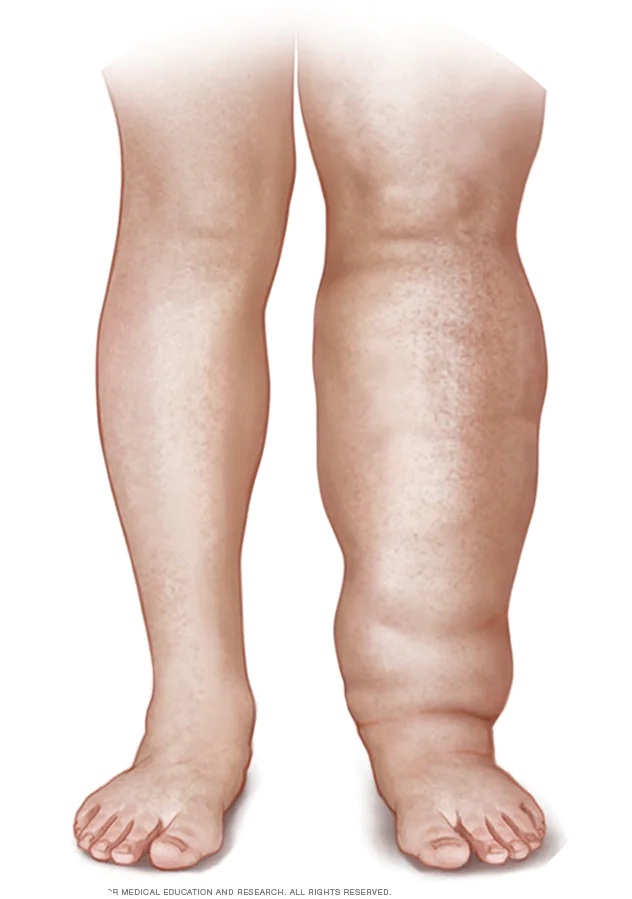Chronic Venous Insufficiency (CVI) is a condition occurring when the venous wall and / or valves in leg veins are not working effectively making it difficult for blood to return to the heart from the legs. In essence CVI causes blood to “pool” or collect in these veins, and this pooling is called stasis.
To return to the heart, the blood needs to flow upward from the veins in the legs. Calf and foot muscles need to contract with each step squeezing the veins, pushing blood upward. To keep the blood flowing up veins contain one-way valves.
Chronic venous insufficiency occurs when these valves become damaged, allowing the blood to leak backward. Valve damage may occur as the result of aging, extended sitting or standing or a combination of aging and reduced mobility. When the veins and valves are weakened to the point where it is difficult for the blood to flow up to the heart, blood pressure in the veins stays elevated for long periods of time, leading to CVI.
The seriousness of CVI, along with complexities of treatment, increase as the disease progresses. That’s why it is very important to see your doctor if you have any of the symptoms of CVI. Symptoms include:
- Lower leg / ankle swelling
- Aching / tiredness in the legs
- New varicose veins
- Leathery looking skin
- Flaking or itching skin
- Stasis ulcers
There is wide consensus that compression is a necessary part of treatments for CVI and related venous ulcers. Sequential intermittent pneumatic compression pumps and sleeves facilitates wound healing, reduces venous dermatitis, and counteracts venous hypertension. Without compression therapy CVI can flourish. All things considered, the costs of pneumatic compression treatment are minimal and often covered by most insurances.
From your first contact with Total Compression Pumps, throughout the entire process of securing, working with your insurance carrier and expediting the delivery of your device, you’ll be in good hands.
Call us today @ 1-800-854-0335



